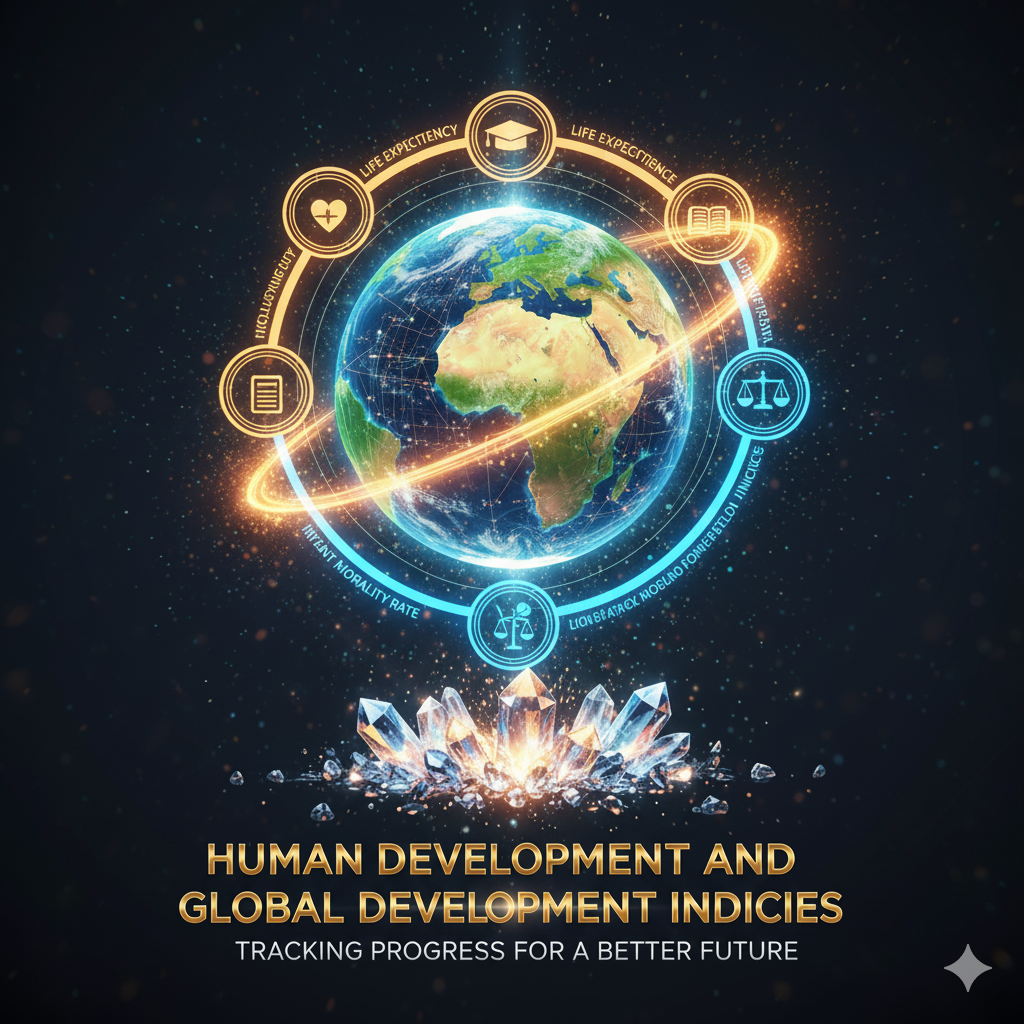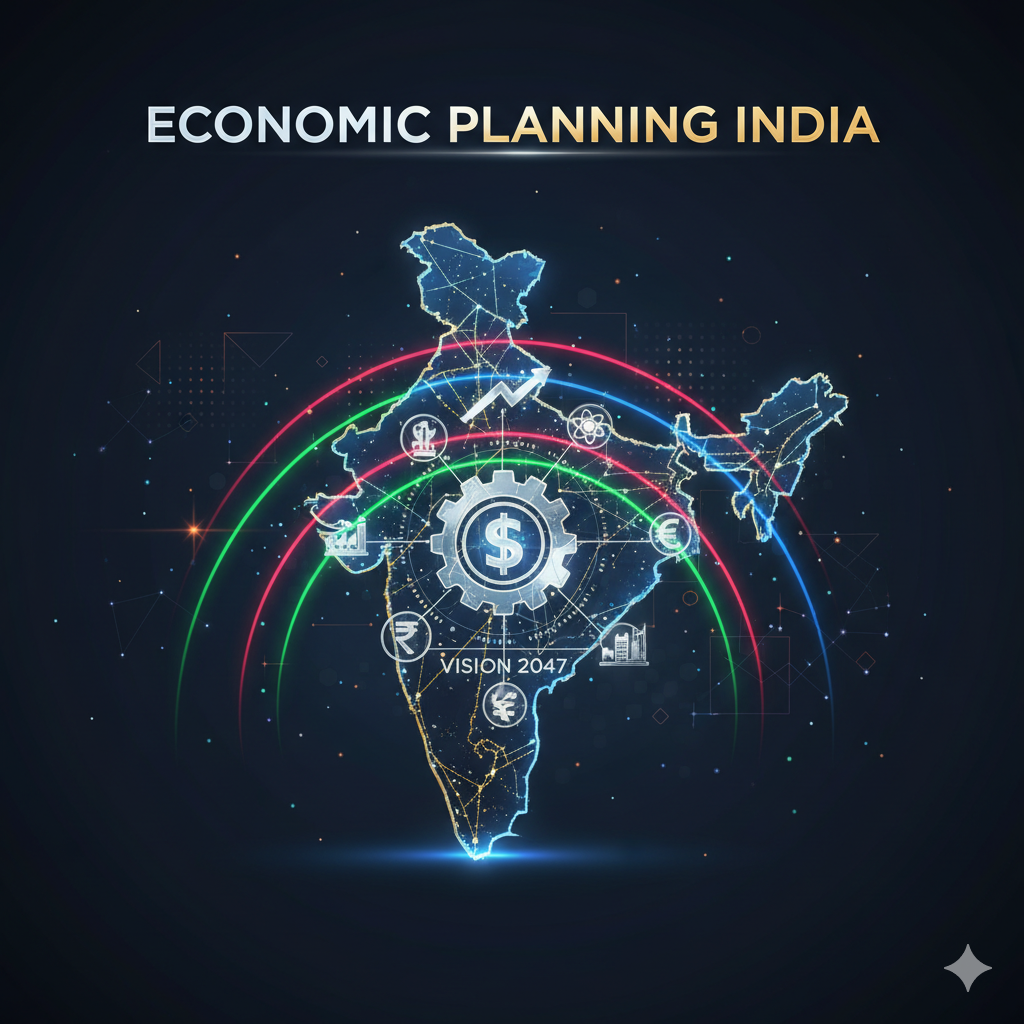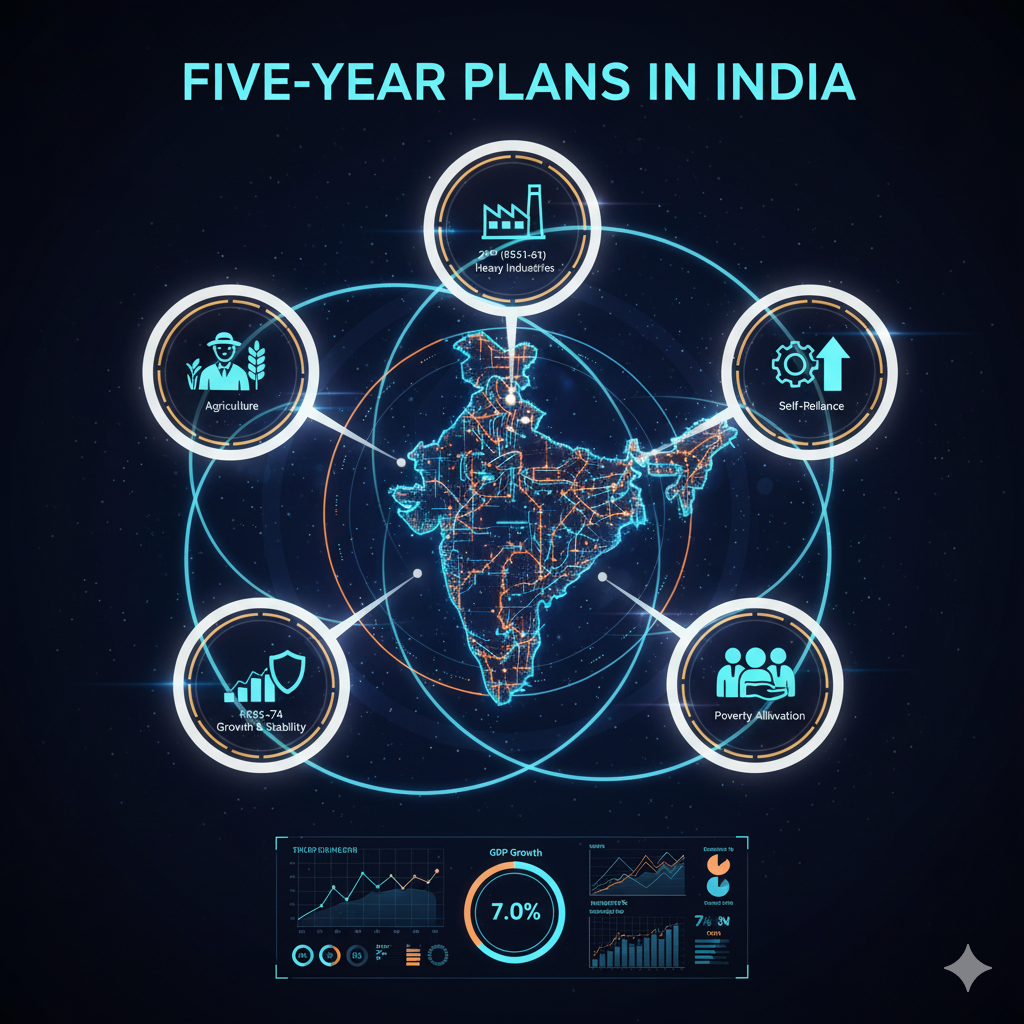Introduction
Measuring the development of nations is a complex task that goes beyond mere economic growth. While GDP or GNP provide insights into a country’s economic capacity, they do not reflect the quality of life, social welfare, equity, and human well-being. To address this, scholars, international organizations, and policymakers have developed various indices that evaluate development using multiple dimensions, such as health, education, income, gender equity, sustainability, and happiness.
This article provides a detailed, educational overview of the most important human development and global development indices, including their purpose, methodology, significance, and applications.
1. Human Development Index (HDI)
Definition
The Human Development Index (HDI) is a composite index developed by the United Nations Development Programme (UNDP) in 1990. It measures a country’s average achievements in three basic dimensions of human development:
- Health: Life expectancy at birth
- Education: Mean years of schooling for adults and expected years of schooling for children
- Standard of Living: Gross National Income (GNI) per capita (PPP-adjusted)
Calculation
- HDI is the geometric mean of normalized indices for the three dimensions:
HDI=(IHealth×IEducation×IIncome)1/3\text{HDI} = (I_\text{Health} \times I_\text{Education} \times I_\text{Income})^{1/3}HDI=(IHealth×IEducation×IIncome)1/3
- Each dimension index is scaled between 0 and 1.
Significance
- Provides a holistic view of development beyond GDP.
- Helps identify gaps in health, education, and income across countries.
- Used to classify countries as very high, high, medium, or low human development.
Example
- Norway, Switzerland, and Ireland consistently rank high in HDI (~0.95).
- Low HDI countries include Niger, South Sudan, and Chad (~0.35–0.40).
2. Human Development Report (HDR)
Definition
The Human Development Report (HDR) is an annual publication by the UNDP, which presents HDI data, discusses development trends, and provides analysis of human development issues globally.
Contents
- HDI rankings of countries
- Thematic studies on human development (e.g., inequality, climate, gender)
- Policy recommendations for governments and international organizations
Significance
- Guides policymakers in designing inclusive social and economic policies.
- Raises global awareness about human development challenges.
3. Inequality-adjusted Human Development Index (IHDI)
Definition
The IHDI adjusts HDI for inequality in health, education, and income within a country. It was introduced in 2010 by UNDP.
Purpose
- While HDI measures average achievement, it ignores disparities. IHDI accounts for how equitably resources and opportunities are distributed.
Significance
- A high HDI with a large drop in IHDI indicates high inequality.
- Helps policymakers address social disparities and target development interventions.
4. Gender Inequality Index (GII)
Definition
The Gender Inequality Index (GII), introduced by UNDP in 2010, measures gender-based disadvantage in three dimensions:
- Reproductive Health: Maternal mortality ratio and adolescent birth rates
- Empowerment: Share of parliamentary seats held by women, educational attainment
- Economic Participation: Labor force participation rates for women
Calculation
- GII is scaled from 0 to 1; higher values indicate greater gender inequality.
Significance
- Highlights areas where women lag behind men.
- Helps implement gender-focused policies in health, education, and employment.
5. Gender Development Index (GDI)
Definition
The Gender Development Index (GDI) compares HDI values between males and females.
Purpose
- Measures gender disparities in life expectancy, education, and income.
- Highlights gaps in human development between genders.
Difference Between GDI and GII
- GDI: Measures outcome disparities between genders.
- GII: Measures gender-based disadvantage in multiple dimensions including empowerment.
6. Gross National Happiness (GNH)
Definition
Gross National Happiness (GNH) is a development philosophy introduced by Bhutan in the 1970s, emphasizing holistic well-being over economic growth.
Domains of GNH
- Psychological well-being
- Health
- Education
- Time use
- Cultural diversity and resilience
- Good governance
- Community vitality
- Ecological diversity and resilience
- Living standards
Significance
- GNH encourages sustainable and culturally sensitive development.
- Focuses on happiness and quality of life, not just income.
7. Genuine Progress Indicator (GPI)
Definition
The Genuine Progress Indicator (GPI) adjusts GDP by incorporating social and environmental factors, such as:
- Income inequality
- Environmental degradation
- Crime and resource depletion
- Volunteer work and household labor
Purpose
- Provides a more accurate measure of economic well-being than GDP.
- Penalizes unsustainable activities and rewards socially productive work.
Significance
- Encourages green economic policies and sustainable development.
8. Multidimensional Poverty Index (MPI)
Definition
The MPI, developed by UNDP and Oxford Poverty & Human Development Initiative, measures poverty beyond income, using ten indicators in three dimensions:
- Health: Nutrition, child mortality
- Education: Years of schooling, school attendance
- Standard of Living: Electricity, sanitation, drinking water, flooring, cooking fuel, assets
Calculation
- Households deprived in at least 33% of indicators are considered multidimensionally poor.
Significance
- Helps target poverty reduction policies more effectively.
- Recognizes that poverty is multi-faceted.
9. Global Hunger Index (GHI)
Definition
The Global Hunger Index (GHI) measures hunger and undernutrition in countries using:
- Undernourishment (share of population with insufficient caloric intake)
- Child wasting (weight-for-height)
- Child stunting (height-for-age)
- Child mortality
Scale
- Scores 0–100; higher values indicate serious hunger problems.
Significance
- Highlights malnutrition, food insecurity, and child mortality.
- Helps design nutrition and food security interventions.
10. Social Development Index (SDI)
Definition
The Social Development Index (SDI) measures social progress based on:
- Education
- Health
- Housing and living conditions
- Access to public services
Purpose
- Evaluates human well-being and social welfare at local, regional, and national levels.
- Used for policy formulation and regional comparisons.
11. Human Sustainable Development Index (HSDI)
Definition
HSDI combines human development (HDI) with environmental sustainability indicators, such as:
- Carbon emissions per capita
- Ecological footprint
- Renewable energy usage
Purpose
- Measures sustainable human development, linking social welfare with environmental responsibility.
Significance
- Promotes green growth and sustainable policy planning.
12. National Progress Index (NPI)
Definition
The National Progress Index (NPI) evaluates overall development performance of a country, integrating:
- Economy
- Social welfare
- Environment
- Governance
- Infrastructure
Significance
- Provides a holistic assessment of national progress, helping governments track policy effectiveness.
13. Millennium Development Goals (MDGs)
Definition
The MDGs were a set of eight global development goals established by the United Nations in 2000, with targets to be achieved by 2015:
- Eradicate extreme poverty and hunger
- Achieve universal primary education
- Promote gender equality and empower women
- Reduce child mortality
- Improve maternal health
- Combat HIV/AIDS, malaria, and other diseases
- Ensure environmental sustainability
- Develop global partnership for development
Significance
- MDGs laid the foundation for Sustainable Development Goals (SDGs).
- Focused global attention on reducing poverty, improving health and education, and promoting sustainability.
Key Comparisons and Relationships Between Indices
| Index | Focus Area | Scope | Key Use |
|---|---|---|---|
| HDI | Health, Education, Income | Global | Compare countries’ human development |
| HDR | Human Development Report | Global | Policy analysis and recommendations |
| IHDI | Inequality | Global | Adjusts HDI for inequality |
| GII | Gender disadvantage | Global | Highlight gender inequality |
| GDI | Gender disparities | Global | Compare male vs female HDI |
| GNH | Happiness | Bhutan | Holistic well-being |
| GPI | Social and environmental adjustment of GDP | Global | Sustainable economic assessment |
| MPI | Multi-dimensional poverty | Global | Poverty targeting |
| GHI | Hunger and malnutrition | Global | Nutrition and food security |
| SDI | Social development | National/Regional | Policy evaluation |
| HSDI | Sustainable human development | Global | Link HDI and sustainability |
| NPI | National progress | National | Holistic national assessment |
| MDGs | Development goals | Global | Guide policy priorities (2000–2015) |
Significance of These Indices in Policy Making
- Holistic Development: Moving beyond GDP to consider health, education, equity, and sustainability.
- Targeted Policies: Identify gaps in health, education, gender, poverty, and environment.
- Global Benchmarking: Compare national performance internationally.
- Inclusive Growth: Ensure development reaches marginalized groups.
- Sustainability Focus: Incorporate environmental and social dimensions into planning.
- Monitoring Progress: Track improvements over time and evaluate policy effectiveness.
Conclusion
Modern development measurement requires a multidimensional approach. While economic indicators like GDP provide an important perspective, they fail to capture human well-being, equity, sustainability, and happiness. Indices like HDI, HDR, IHDI, GII, GDI, GNH, GPI, MPI, GHI, SDI, HSDI, NPI, and MDGs provide a more comprehensive view of development, guiding policymakers toward inclusive, sustainable, and equitable growth.
For India, these indices are crucial for addressing regional disparities, social inequalities, gender gaps, poverty, malnutrition, and sustainable development, ensuring that progress benefits all citizens and future generations.
By integrating these indices into planning and governance, nations can achieve balanced and human-centered development, aligning economic growth with social welfare and environmental sustainability.




